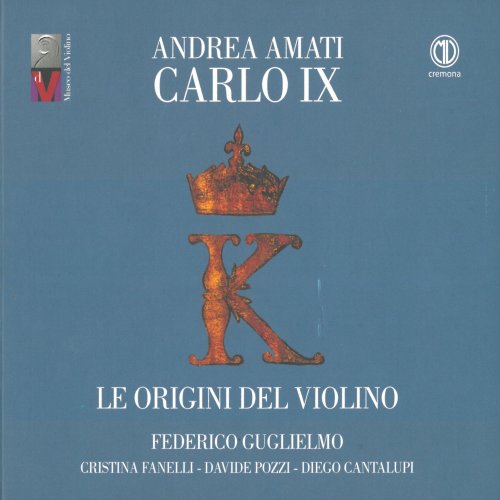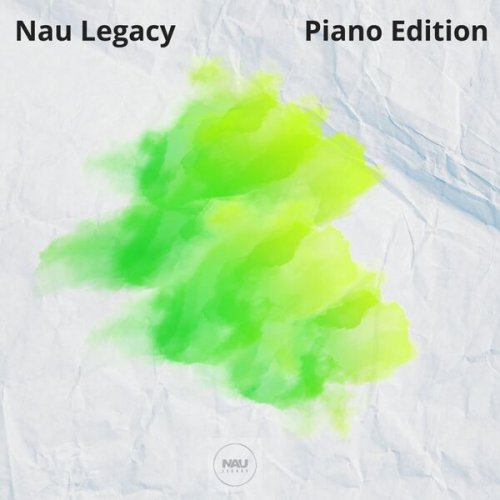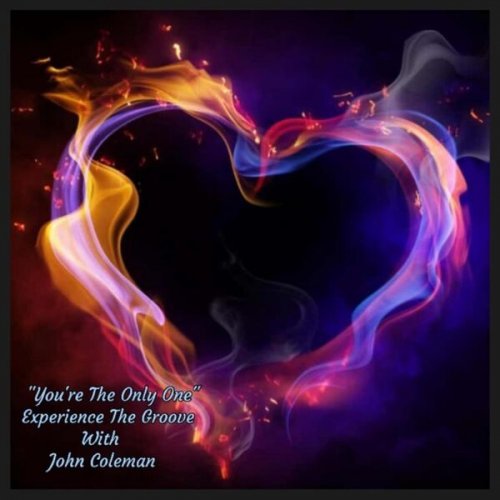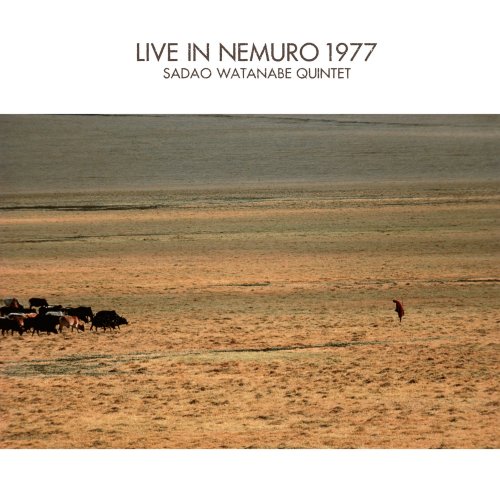Federico Guglielmo, Cristina Fanelli, Diego Cantalupi, Davide Pozzi - Le origini del violino (2018)

Artist: Federico Guglielmo, Cristina Fanelli, Diego Cantalupi, Davide Pozzi
Title: Le origini del violino
Year Of Release: 2018
Label: MV Cremona
Genre: Classical
Quality: flac lossless (tracks)
Total Time: 00:53:56
Total Size: 278 mb
WebSite: Album Preview
TracklistTitle: Le origini del violino
Year Of Release: 2018
Label: MV Cremona
Genre: Classical
Quality: flac lossless (tracks)
Total Time: 00:53:56
Total Size: 278 mb
WebSite: Album Preview
01. Sonate, symphonie. e ritornelli, Op. 8: Sonata variata
02. Affetti musicali, Op. 1: XVII. Il Monteverde
03. Scherzi musicali cioè arie et madrigali: No. 5, Et è pur dunque vero, SV 250
04. Terpsichore Musarum
05. Sonate, symphonie. e ritornelli, Op. 8: Capriccio per sonare il violino con tre corde a modo di lira
06. Motetti, Book 1: I. Sonata per il violino
07. Canzoni francesi a 4 e alcune suonate, Book 1
08. Canzoni da suonare, Book 4, Op. 17: Canzon decima settima "La Monteverde"
09. Motetti e sonate concertati, Book 1, Op. 6: Nigra sum
10. Divine lodi musicali et alcune canzoni da sonare, Book 3: Canzon No. 1
11. Arie, madrigali et corenti, Op. 3: Romanesca
12. Sinfonia prima: I. Sinfonia
13. Sinfonia terza: I. Sinfonia
14. 2 Canzonas à 3: No. 1, —
15. Madrigali e symfonie, Op. 2: No. 21, La Grilla (Sinfonia à 2)
16. Scherzi e canzonette, Op. 5: No. 1, Ite homai
Dating from circa 1570, the violin used in this recording is the Andrea Amati Carlo IX, so named after its maker, Cremonese luthier Andrea Amati, and Charles IX, the king of France at the time and the likely dedicatee (based on its filigreed arms and motto, Pietate et Justitia). Violinist and Baroque authority Federico Guglielmo plays this important historical instrument, and he is joined by soprano Cristina Fanelli, organist Davide Pozzi, and theorbist Diego Cantalupi in a program of chamber and vocal music from the late 16th and early 17th centuries. It was in this transitional period between the Renaissance and the Baroque eras that the violin rose to prominence from the ranks of string consorts and processional bands to become the dominant solo instrument in Western music for more than four centuries. Of the composers included, Claudio Monteverdi surely ranks at the top of the group, while the names of Tarquinio Merula, Giovanni Amigone Mantovano, Giulio Belli, Francesco Carubelli, Nicolò Corradino, Biagio Marini, Giovanni Battista Riccio, and Innocentio Vivarino may be familiar only to specialists. Yet the obscurity of the pieces won't be a stumbling block for fans of early music because the music is consistently expressive and virtuosic, and Guglielmo's playing is wonderful for its penetrating tone and brilliant ornamentation. The reproduction is crystal clear and close-up, so the details of Guglielmo's bowing and articulation are fully audible.


![Tom Cohen - Embraceable Brazil (2025) [Hi-Res] Tom Cohen - Embraceable Brazil (2025) [Hi-Res]](https://img.israbox.com/img/2025-12/18/vgt0kbsml69jbixcu67jkruae.jpg)

![Stephen McCraven - Wooley the Newt (2025) [Hi-Res] Stephen McCraven - Wooley the Newt (2025) [Hi-Res]](https://www.dibpic.com/uploads/posts/2025-12/1765906334_cover.jpg)


![Frank Sinatra, Count Basie - It Might As Well Be Swing (1964) [2021 SACD] Frank Sinatra, Count Basie - It Might As Well Be Swing (1964) [2021 SACD]](https://www.dibpic.com/uploads/posts/2025-12/1766090910_scan-1.jpeg)
![Santi Vega - Un Instante Infinito (2025) [Hi-Res] Santi Vega - Un Instante Infinito (2025) [Hi-Res]](https://img.israbox.com/img/2025-12/19/xkxaonr6q5o8ydwyf3z1c8tp5.jpg)